Podcast: Download
Subscribe: Apple Podcasts | RSS
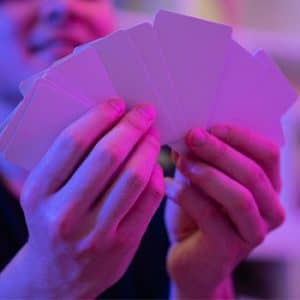 The best way to study flashcards is not to study them at all.
The best way to study flashcards is not to study them at all.
Now, before you bounce away, hear me out.
There’s a small set of techniques that make learning with flashcards so fast, you really won’t feel like you’re studying at all.
Instead, you’ll feel like you’re creating the knowledge you want to learn.
Isn’t that exciting?
I’ve been using cards for decades and spent hundreds of hours experimenting to find out how to memorize flashcards effectively.
I’ve used them to help me learn languages and get my Ph.d.
And on this page, I’ll share with you the best tips I’ve discovered along the way.
Ready?
Let’s dive in.
How to Memorize Flashcards Effectively: 10 Proven Tips
There are a small number of steps to follow.
They’re easy to learn, but let’s not beat around the bush.
What I’m going to share may feel counterintuitive at first.
You probably won’t be used to thinking or learning in these ways.
To get comfortable with the approach, you just need to practice. Seeing me talk about some of my own flashcards will also help.
Now here’s more information on how to set yourself up for success.
Step One: Identify The Main Points And Subpoints
Before you start making flashcards or committing them to memory, it’s important to have a strategy for identifying the main points.
Often, your study material is loaded with clues. Knowing how to analyze your information sources is key, so be sure to learn how to memorize a textbook effectively.
Step Two: Use The Right Sized Flashcards
Typically, 3×5 is a good size. It helps you focus on recording just the key points.
However, you may need to experiment first with a few different sizes. Use discernment and your own experiments to find out what sizes are best for you.
And don’t hesitate to use different sized flashcards for different kinds of learning projects.
Also, keep in mind that you can always photograph cards of any size and import them into a spaced-repetition software like Anki.
Step Three: Use Multiple Colors
Nothing limits your imagination like using just one color.
I try to always use at least 3 colors in each of my cards, a tip I learned from memory expert Tony Buzan.
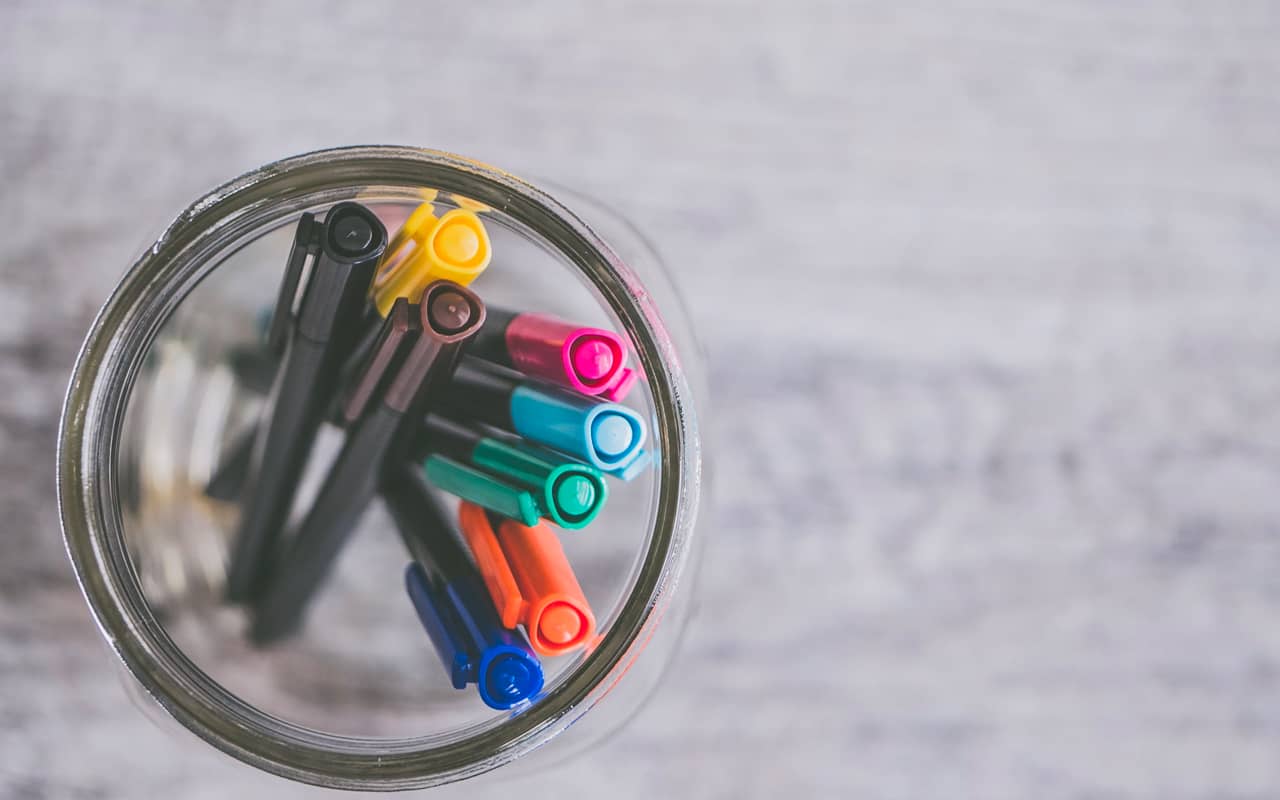
Not only does using multiple colors make the card creation process more interesting. It also makes looking at your cards later much more engaging.
Step Four: Integrate Words And Drawings
When learning how to study with flashcards, it’s easy to get stuck on using words.
However, even with limited artistic skills, it’s important to incorporate images as much as you can.
Even the simplest of sketches will help you with the next tip. I sometimes joke that my drawings look more like chicken scratches. But all that matters is that I can recognize my images the few times I need to look at them to start establishing the desired memories.
Step Five: Create Puzzles For Your Brain To Solve
The number one problem people face when using flashcards is rote repetition. This is when they use the cards to repeatedly expose themselves to the information.
That is no fun!
Instead, use keywords, images and even empty spaces to give your mind the opportunity to fill-in-the-blanks.
Let’s talk about the empty space principle in a bit more detail.
This simple flashcard creation strategy lets you harness the power of active recall.
For example, on this card for the Mandarin word Měishù guǎn or art gallery, there’s a line instead of an image for the guǎn sound.

When looking at the card, I know it’s my job to press my imagination for a solution. Although it might seem uncomfortable, it’s the stretch that helped me pass my Chinese test with flying colors, including the Chinese characters. I was happy because I was able to reach almost as many words that are needed for basic fluency in this language.
We’ll talk more in a minute about how we use our imagination, but for now, make use of this principle as often as you can. It’s powerful.
Step Six: Leave The Opposite Sides Blank As Often As Possible
Many people will be reluctant to do this in the beginning, but it is a very strong learning strategy I recommend you experiment with as soon as you feel confident.
Including the answers on the back of your flashcards is problematic because it leads to cheating. When you know you can just glance at the answers, you’re tempted to simply look at it instead of trying to generate the answer from memory.
This is a huge problem because it leads you into the memory-destroying boredom of rote learning.
As you build up to using flashcards as puzzles your mind has to solve to reinforce what you’re learning, try using the principle of blank spaces.
For example, on this card for the word Kǎoshì or test/exam, multiple colors have been used (black, white and pink).

On the backside of the card, notice how the blank space creates a puzzle to be solved, avoiding the horrible boredom of rote reptition:
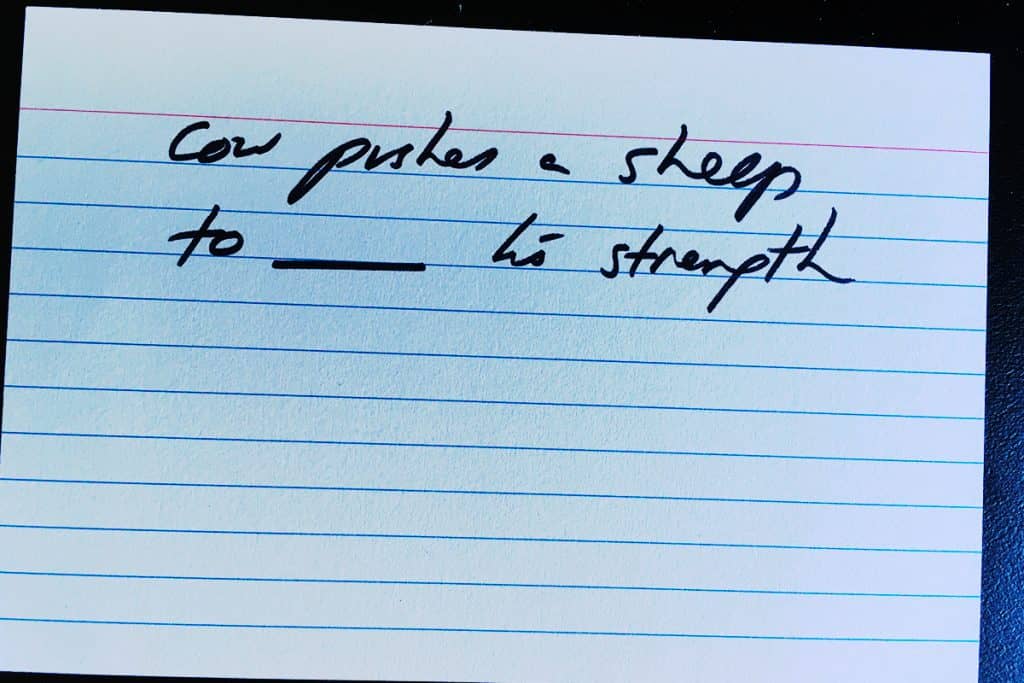
Although this procedure lessens the challenge of recalling the word from pure imagery, you may adding words with a fill-in-the-blanks approach useful in the beginning as you build your flashcard mastery.
Step Seven: Use Your Multisensory Imagination
Although flashcards focus a lot on our hands and eyes, we don’t want to leave out our imagination.
As you create your cards and the associations that will help you remember definitions and key terms, include at least these sensations:
- Kinesthetic
- Auditory
- Visual
- Emotional
- Conceptual
- Olfactory
- Gustatory
- Spatial
Here’s an example of what I mean.
The Měishù guǎn example pictured above and discussed in the video included with this post is not just a picture of Aunt May, some shoes, a blank space and some art in a gallery.
In my mind, I am physically feeling Aunt May kick a boot at my image for guǎn, which is a musical group called Gwar.
I can hear the sound of the boot hitting them and see them getting angry. I experience their anger and conceptualize their plans for revenge. They are going to burn all the art in the art gallery, which allows me to imagine the smell of fire and the taste of soot in my mouth.
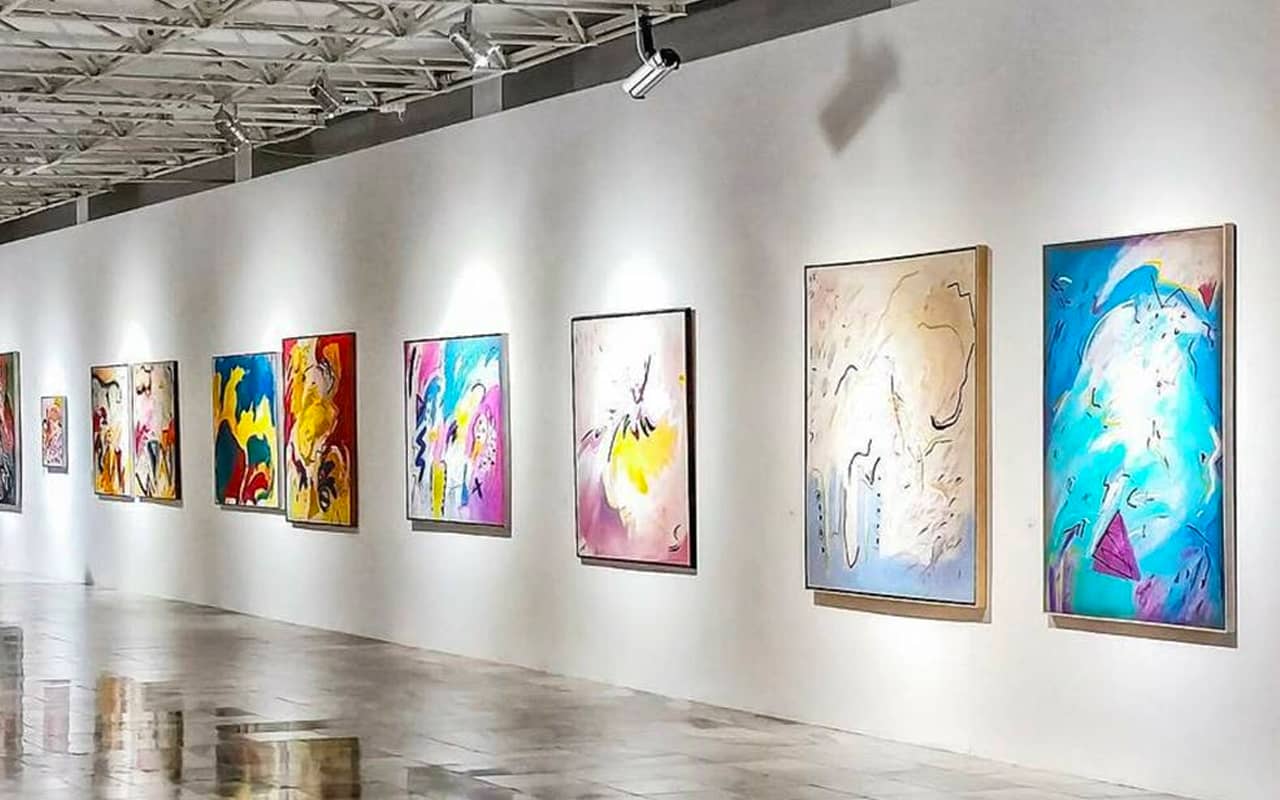
I also take a second to imagine how big everything is and exaggerate the sizes. Combined, all of this multi-sensory association and visualization exercise makes the learning process so much faster.
Step Eight: Use Questions As You Study Your Flashcards
Rather than passively move through your cards, actively ask questions in order to study more effectively.
If you don’t, it’s easy to get frustrated.
My favorite question is, “What is this image trying to tell me?”
Then I focus on the clues and work it out verbally.
It’s important to get your mouth involved in order to help you harness the levels of processing effect.
In addition to speaking and answering your cards out loud, you can also keep a memory journal. Doing so will deepen your brain’s processing of the learning material even further.
Step Nine: Follow A Consistent Schedule
To memorize flashcards effectively, you need to reduce repetition by following all of the steps outlined above.
But none of us can reduce repetition entirely.
For best results, go through your cards in small, reasonably sized sets. I prefer 10-20 sets at a time.
Then, craft a schedule based on a pattern like:
- 5x daily for the first 5 days
- 1x daily for the first 5 weeks
- 1x monthly for the first 5 months
But that time, you should have everything in long term memory that will in many cases last for life.
If you want to speed up the process, consider also using a Memory Palace.
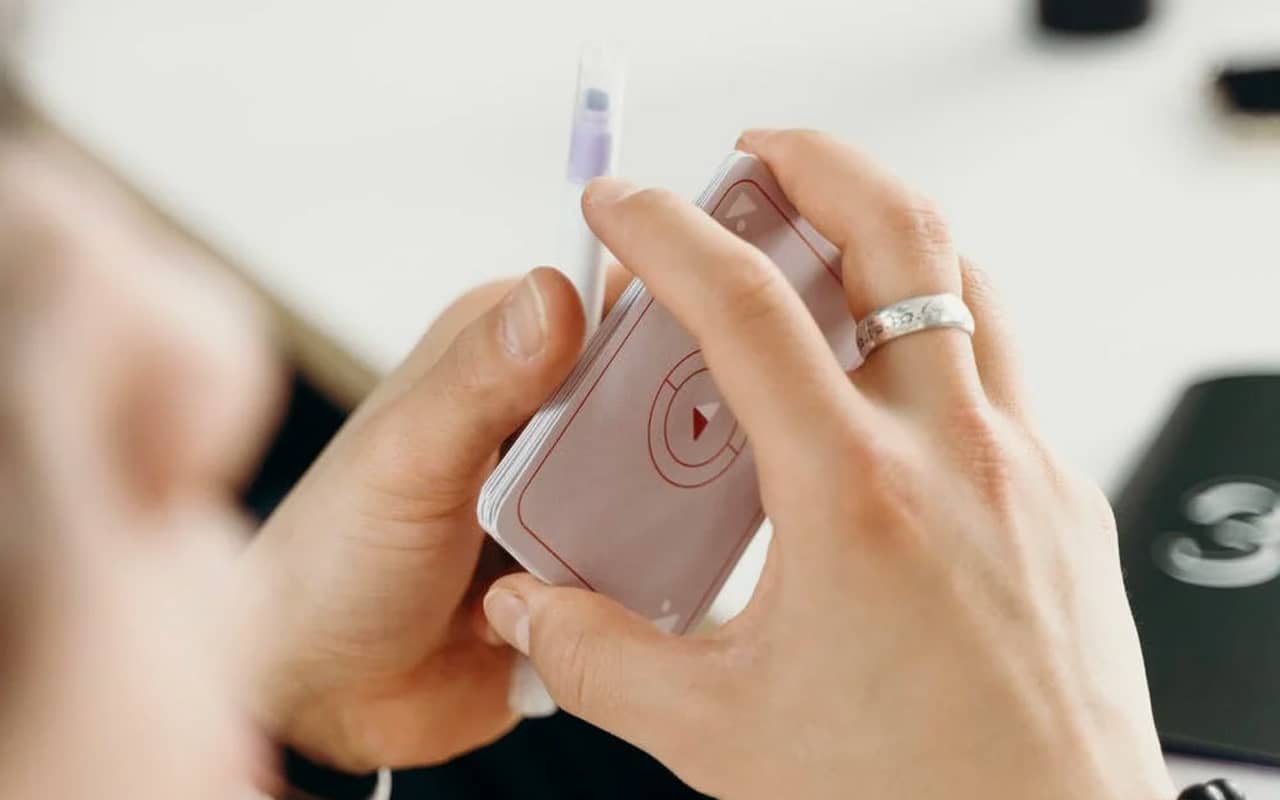
Step Ten: Experiment With Additional Techniques
As powerful as flashcards can be, I don’t recommend using them in isolation.
Instead, consider combining them with the Memory Palace technique and mind mapping.
A powerful way to add your cards to a Memory Palace is to simply number them. Then, place a version of each association on your cards at a Magnetic Station in your Memory Palace for that number.
In other words, the fifth card’s information goes on the fifth station of its Memory Palace.
When it comes to mind mapping, I highly recommend reading Mind Map Mastery and checking out the work of Phil Chambers and Marek Kasperski.
Memorize Flashcards Fast
Today’s suggestions will serve you well, so please explore them systematically.
But it’s also important to experiment.
When ideas come to mind, give them a try.
Seriously.
I’m aware of no “Flashcard Police” anywhere on the planet.
Also, put aside your fears of wasting time or failure.
Mistakes will be made, but experimenting with new learning techniques and your ideas cannot waste time.
You will only learn new things that help speed your progress. The only waste that happens is when people let the fear of trying new things stand in their way.
And if you like trying new things and learning to put fear aside, check out my FREE Memory Improvement Kit:
In it, you’ll learn to use even more memory techniques than we’ve discussed today. These memory hacks are fast, fun, effective and always like a game.
So what do you say?
Are you ready to take your flashcard game to the next level?
Give it a go and enjoy the learning journey!
Related Posts
- How to Memorize European Countries Fast
If you need to know how to memorize European countries fast, the standard memory techniques…
- How to Memorize the Unit Circle Fast
Learning how to memorize the unit circle shouldn't take longer than an afternoon. The best…
- How to Memorize The Preamble Fast in 4 Steps
Want to know how to memorize the preamble to the US constitution? Avoid the bad…





8 Responses
Hey Anthony,
Is this flashcard approach what you would use to memorize mathematical equations? Do you always draw everything with pictures on flashcards with the exception of keywords? Or do you sometimes just write a sentence or equation on a flashcard and then just do it mentally?
Personally, I’d go straight to the Memory Palace technique.
But I don’t have the need to memorize a lot of equations. At least not yet.
Ok, so your process would be to take notes on flashcards, either with pictures or without depending on the situation, and then to put that information straight into a memory palace by visualization. Then you would file your notes alphabetically. Another question: Do you always take your notes from lectures and transfer them to flashcards before you put them in a memory palace? Or would you sometimes put the notes straight from a lecture into a memory palace?
No, I don’t have such a rigid process and I feel you risk misunderstanding the Magnetic Memory Method by trying to reverse-engineer or characterize it in this way. The MMM is a method by which you can create your own flexible systems, in accordance with the greatest ancient memory teachings that helped learners avoid square and static approaches in favor of highly dynamic tactics that go far beyond “visualization.”
The alphabet is tremendously helpful, but individual cards are not stored alphabetically. I’m not sure where you’re getting that idea. There is a way that could work, but I do it differently with alphabetization gathering them in a different way based on the cards clustered according to the books or courses to which they refer.
Thus, there is no “always” and to try and achieve one is to miss the point of what this approach for learning is. The point is to be flexible to the learning goal and not come to rely on a rigid system.
Again, the MMM is the method by which we learn (and to some extent) create multiple memory systems, all of which display maximum flexibility.
Like in a martial art, you don’t want to “always” use a kick when there are many situations in which a punch or throw or grapple are going to be superior.
We train our minds to use the most optimal technique relative to a goal, and if mistakes are made, we use mental tools and decision metrics to quickly recover.
In this way, it’s basically a “problem free philosophy” of memory techniques that requires both the tool box and the tools plus as much additional study and practice as you can get of the great memory tradition.
Does this way of looking at things help you out?
I mean, yeah. I still think some consistency is good to have though. I see the need to be able to use different techniques accordingly to a situation but if you have a sort of system you use, I feel like you can practice that more effectively by knowing an optimal way to take and make notes, use memory palaces, retrieve information, etc. Over time we will change our techniques. The techniques I use now are not the same as the ones I have used last year or previous years. We are always looking for new ways to improve upon them. Do you touch up upon how your system works in any of your classes? Thanks
Agreed, and consistency is its own issue. I would tend to center that topic on the experimentation angle so central to lifelong success with memory techniques.
All my classes are detailed deep dives into much better and much more than how my “system” works.
The teaching is about:
1) How to create multiple memory systems
2) How to evolve them over time
3) How our guest teachers have created and evolved their systems over time
It’s a very comprehensive program and that’s why it’s such a big risk to try and reverse-engineer it.
The program is not just about what I do. It’s what many people have done in a spirit of making sure each person is as fully enlightened to what really goes into creating multiple memory systems so that true consistency is actually possible.
Keep in mind that memory techniques are really about neuroplasticity and neurogenesis. “System” and “systems” are just words that appear in consciousness. To reach true memory mastery is (at least conceptually speaking) to become memory itself, not to treat it like a “system” or anything else.
To persist in this kind of duality means always dividing oneself from the information instead of becoming coterminously imminent with the knowledge itself. This is a big difference and ultimately what the Magnetic Memory Method is all about.
All great points. Let me rephrase my question: How would you organize your flashcards by topic as you said is possible to do in your 5 proven note taking techniques post? I am interested specifically how you would do it so that I can eventually make it my own. Thanks
There’s a deep dive into the core way I do this in the Masterplan course. This particular topic is one of the most important parts of the MMM Masterclass for people serious about mental organization and forming deep memories and nuanced understanding of complex topics.